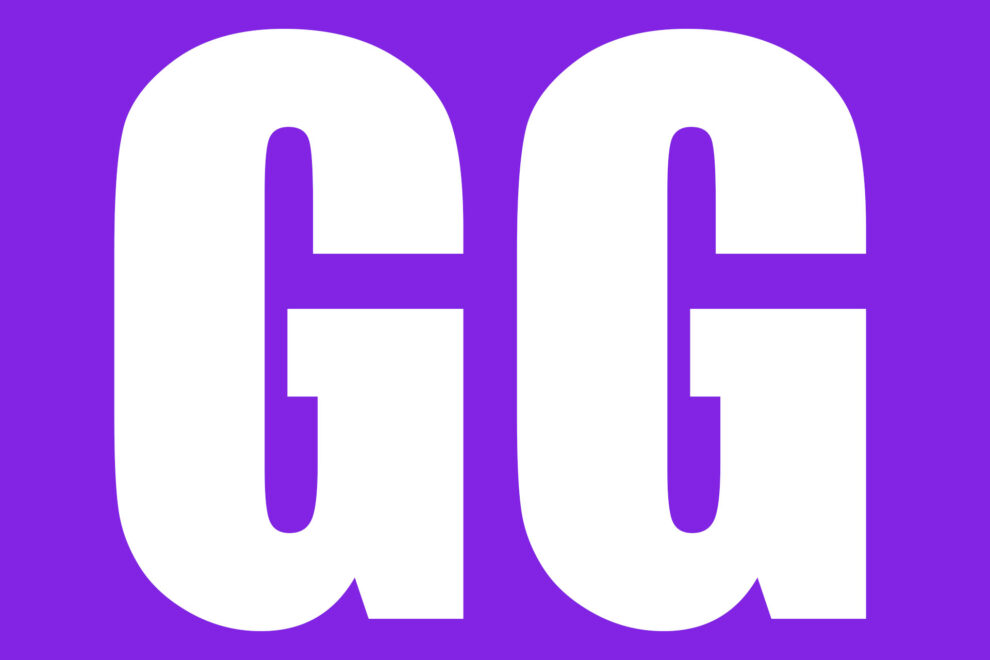The fashion industry is reportedly worth a staggering 3 trillion dollars. Your favourite high street shops are part of a global business that is up there with lucrative oil companies. We are flooded with images and adverts that push brands and trends through our TV’s and social media. These images are filled with the usual, tall slim airbrushed baby faced models.
Every couple of years or so, the fashion industry finally wakes up and takes on board the complaints of the consumers and decides to invest in a campaign that is inclusive, showing women who are usually side-lined in fashion and allowing them the spotlight they need. Then for their next campaign, or seasonal fashion show, they go back to their basic formula of white cis models who they believe will sell their clothes.
The fashion industry has come under fire for not casting enough models of colour. During the Autumn/Winter fashion shows across the globe, 80 percent of the models were white. In 2015, songstress Rihanna became the high fashion brand Dior’s first black campaign star. In 2013 Prada also used model Malaika Firth in a campaign, the brand’s first campaign with a black model since Naomi Campbell in 1994. In an interview with British photographer Nick Knight, Campbell voiced her worries that diversity in fashion would just become another trend, “I don’t want race to become a trend. I did not work 28 years for it to be a trend.”
Teen vogue’s August 2015 cover was a huge moment in fashion, with three black models, Imaan Hammam, Aya Jones and Lineisy Montero being placed on the cover. It’s important for young women of colour to see representation on magazine covers, especially a magazine like Teen Vogue. The fashion industry has taken tiny baby steps in making it a more inclusive place. Editors, designer’s even consumers can’t allow these progressive steps to be for nothing. Models like Liu Wen, Soo Joo Park, Joan Smalls and Herieth Paul make up a small number of the super models of colour who are changing the face of fashion. They’re making sure diversity will not become a trend.
In the past few years the plus size movement has also gained a lot of support and media spotlight. Barbara Ferreira recently starred in an ad campaign which was unretouched. The 19-year-old model posed for Aerie’s S/S collection, whose video now has nearly two million views. In early 2016, 28-year-old model Ashley Graham, became the first plus sized model to cover Sports Illustrated Swimsuit Issue. Movements such as drop the plus have also created media buzz. This movement wants plus size modelling to become the norm, so there will be no need to differentiate between different sized models. Either way, curvy and plus sized models are becoming more and more mainstream. Giving young girls a more realistic image of beauty.
Important issues such as feminism, trans women and disability awareness also need to be better represented. Karl Lagerfeld Chanel’s Spring Summer show 2015 finale was turned into a feminist protest. The models, dressed in his chic collection were shouting into megaphones and waving signs that read ‘Ladies First’ and ‘History is Her Story’. Yet there were only a handful of models of colour, the majority were white. Lagerfeld’s fashion and social statement fell short as he ignored the majority of women.
In August of last year, Jillian Mercado was signed to IMG Models. Mercado has muscular dystrophy. She is a professional disabled model who starred in none other than Beyonce’s merchandise campaign. Australian model, Madeline Stuart, who has down syndrome, was cast as the face for beauty brand GlossiGirl. 15 percent of the world’s population have a disability but this large portion of people are continuously being excluded from the fashion industry. They deserve more than their lives to become fads for the fashion industry to promote themselves.
In recent years the fashion industry has taken two steps forward and one step back when it comes to diversity and representation on their catwalks and in their campaigns. The fashion industry needs to realise they can’t make social statements into trendy fads. And as their consumers, we need to make sure they finally hear our calls for inclusion.












